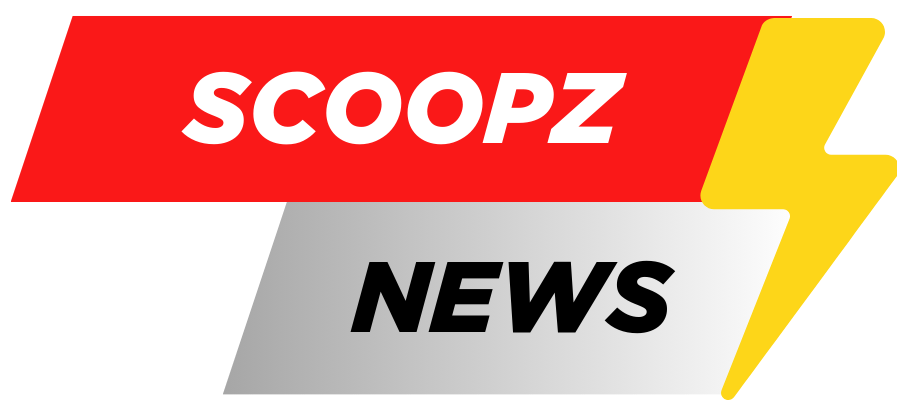A home improvement loan is a type of lump-sum personal loan that’s repaid in fixed monthly installments with interest. Since personal loans are typically unsecured – meaning you don’t have to use an asset such as your house as collateral – lenders will determine your eligibility and terms based in part on your credit history.
Applicants with very good or excellent credit will qualify for the best terms on home improvement loans, such as low interest rates and high loan amounts. On the other hand, those with fair or bad credit may see less favorable terms, if they qualify at all.
That said, some personal loan lenders like the ones listed above will work with borrowers who have low credit scores, although the interest rates will likely be high. Here are a few tips for borrowing a home improvement loan if you have less-than-stellar credit:
- Take steps to improve your credit. Lenders look at your credit score as a perception of risk, so it’s harder to qualify for good terms if you have a credit score in the 500s. Reducing your credit utilization, making on-time payments and disputing errors on your credit report are all ways to boost your credit score quickly.
- Get prequalified to check your eligibility. Most (but not all) lenders let you prequalify for a personal loan to see your estimated rate and terms with a soft credit check, which won’t hurt your credit score. Prequalification can help you determine your likelihood of being approved for a loan when you formally apply.
- Consider government-backed options. Although far less common, some programs through the Federal Housing Administration, such as Title 1 loans and 203(k) loans, can help cover the cost of necessary home repairs. You can search for lenders that carry this type of financing on the Department of Housing and Urban Development website.
- Find a creditworthy co-signer, like a trusted relative or friend. The co-signer would share equal responsibility for paying the debt, giving the lender more assurance that the loan will be repaid. Keep in mind that borrowing money with a co-signer can turn a personal relationship into a business transaction – and failing to repay the loan could have emotional fallout.
- Do your research. Seek out personal loan companies that specialize in lending to borrowers with fair credit, and read lender reviews to get a good idea of the customer service you can expect. Also check whether your local credit union offers personal loans for home improvement – credit unions are nonprofit and member-owned, so they may offer more competitive rates and lenient eligibility criteria.
Before you choose a loan, be sure to read the terms carefully to ensure you’re working with a legitimate company and not a predatory lender like a title loan company or payday lender.
Pros
- You can get the repairs or improvements you need now but finance those projects in smaller payments over time.
- Borrowers with bad credit may be able to qualify for a loan from a credit union or through government-sponsored programs like FHA Title 1 loans.
- Interest rates for home improvement loans can be high, particularly for borrowers with fair or bad credit scores.
- Many lenders require a minimum credit score in the mid-600s to qualify for a home improvement loan.
- You might have to pay a loan origination fee of up to 10% of the loan amount, which is usually subtracted from the total loan proceeds, reducing the total payout.
- Borrowing money increases your overall debt load and adds another monthly payment that will need to fit into your budget.
The average personal loan rate is 12.21% as of May 29, according to a Bankrate survey. Personal loan interest rates are trending higher in 2024 so far, up by a full percentage point from July 2023:
Personal loan rates vary widely based on creditworthiness. Borrowers with very good or excellent credit scores will see much lower interest rates than those with fair or poor credit. Often, borrowers with bad credit will apply for a secured personal loan that uses an asset as collateral in order to achieve lower rates:
Borrowing a personal loan for home improvements isn’t the only way to cover the cost of renovations. While it’s always best to save up and pay in cash, there are a few other options if you lack the capital to pay for home improvements upfront:
Tap Your Home’s Equity
Homeowners commonly use home equity loans and lines of credit, or HELOCs, to pay for renovations. Home equity loans and HELOCs are secured financing options that use your home as collateral, so interest rates will be lower than with unsecured borrowing like personal loans and credit cards. There may be more lenient eligibility criteria, like lower credit score requirements, since the loan will be secured by an asset.
Cash-out refinancing is another way to borrow against your home’s equity, although it would mean replacing your current mortgage with a new, larger loan. Especially for those who have mortgage rates from the pandemic-era lows, refinancing would mean trading in your current rate for a potentially much higher rate.
With any of these options, however, know that you could lose the roof over your head if you fail to repay what you owe.
What Are Current HELOC Rates?
The average rate for a $30,000 HELOC is at 9.18% as of June 6. This average is based on a 30-year term, a 80% loan-to-value ratio and a 700 FICO score.
This analysis is powered by Bankrate, which gathers data from applicants who prequalify for HELOCs through its website and affiliates.
Contractor Financing
Many home improvement contractors offer consumer loans and other payment agreements through third-party financing companies, such as lenders, banks and credit unions. In some cases, contractors may be able to provide reduced-interest or deferred-interest financing offers, but these promotions are typically reserved for those with very good or excellent credit.
Those with fair or bad credit may have a harder time qualifying for contractor financing, especially offers for promotional interest rates. And as with any financing agreement, be sure to read the terms and conditions carefully – in the case of deferred-interest loans, you may be responsible for the accumulated interest if you fail to repay what you owe in a certain period of time.
Credit Cards
Being unsecured, credit cards typically carry high interest rates and require good credit to qualify. However, it’s possible to finance home improvements and repairs in smaller payments over time using credit cards. Some store credit cards, like those for home improvement retailers, may let you pay for appliances and other construction materials in smaller installments.
If you have bad credit, consider working on improving your credit history before applying for a credit card. Or look at joining a credit union that has more lenient eligibility criteria and lower interest rates for credit cards.
Also, keep in mind that some contractors may charge credit card transaction fees that can add to the total cost of borrowing money. Be sure to ask your home improvement contractor about any convenience fees for paying via credit card, and have a detailed repayment plan to avoid accruing excessive amounts of interest.
The amount of time you have to repay the loan.
Payment Details
$387
$23,199
$3,199
U.S. News selects the Best Loan Companies by evaluating affordability, borrower eligibility criteria and customer service. Those with the highest overall scores are considered the best lenders.
To calculate each score, we use data about the lender and its loan offerings, giving greater weight to factors that matter most to borrowers. Personal loan companies are evaluated based on customer service ratings, interest rates, maximum loan term, minimum and maximum loan amounts, minimum FICO score, online features, and origination fees.
The weight each scoring factor receives is based on a nationwide survey on what borrowers look for in a lender.
To receive a rating, lenders must offer qualifying loans nationwide and have a good reputation within the industry. Read more about our methodology.
Yes, it’s possible to borrow an unsecured personal loan, which doesn’t require an asset as collateral. However, since personal loans for home improvement aren’t secured by your home’s equity, lenders like to see a strong credit history before issuing credit.
You’ll typically need a credit score at least in the mid-600s to qualify for a personal loan for home improvement, but some lenders accept lower scores. Keep in mind that those with fair or bad credit will see higher interest rates and less favorable loan terms, if they qualify at all.
While it may be possible to find a home improvement loan if you have bad credit, it’s difficult, and the loan will likely be expensive. Start by looking for financing through your local credit union, since credit unions are nonprofit and member-owned. Be wary of predatory lenders, like payday lenders and title loan companies, which may not require a credit check but could charge exorbitant fees and APRs.




